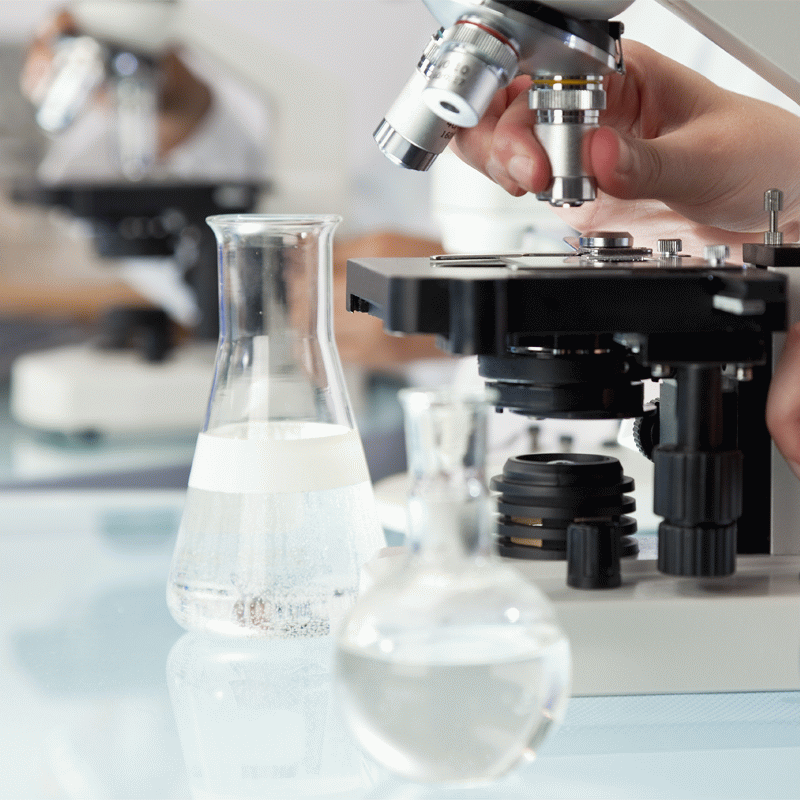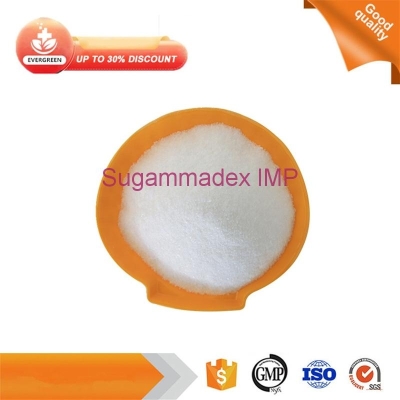-
Categories
-
Pharmaceutical Intermediates
-
Active Pharmaceutical Ingredients
-
Food Additives
- Industrial Coatings
- Agrochemicals
- Dyes and Pigments
- Surfactant
- Flavors and Fragrances
- Chemical Reagents
- Catalyst and Auxiliary
- Natural Products
- Inorganic Chemistry
-
Organic Chemistry
-
Biochemical Engineering
- Analytical Chemistry
- Cosmetic Ingredient
-
Pharmaceutical Intermediates
Promotion
ECHEMI Mall
Wholesale
Weekly Price
Exhibition
News
-
Trade Service
The basic pathophysiology of neuropathic pain (NP) after spinal cord injury is complex, involving changes in "bottom-up" pain processing (ie, afferent integrity) and "top-down" endogenous pain regulation
.
The downward pain regulation network includes a cortex-subcortical-brainstem network, which participates in the regulation of incoming pain information
In the ascending pain pathway, the inhibition and promotion of afferent input has occurred at the level of the dorsal horn, where the primary afferent fibers synapse to the projection neuron
.
Regulatory changes in these areas can promote analgesic state and may lead to the appearance and chronicity of NP
Traumatic SCI triggers a series of trauma-induced secondary neurodegenerative processes involving demyelination and iron accumulation in the spinal cord and brain, which can be tracked by quantitative MRI (qMRI)
.
So far, the increase and decrease of changes in the macroscopic structure (ie volume) of the brain and spinal cord are all related to the occurrence of NP
In this way, Sreenath P Kyathanahally of UCL et al.
used a multi-parameter mapping (MPM) protocol to provide contrast sensitive to myelin (through magnetization transfer (MT) saturation, longitudinal relaxation, and sensitivity to iron content in tissues and blood).
To separate NP-related changes from trauma-induced changes, they first compared the MRI indexes of SCI patients with or without NP, and then compared the MRI indexes of SCI patients and healthy controls
.
.
They first compared the MRI index of SCI patients with or without NP, and then compared the MRI index of SCI patients and healthy controls
They found that in individuals with NP, the R1 and MT values of the primary motor cortex and dorsolateral prefrontal cortex were significantly lower.
Compared with those without pain, the cervical cord, peri-neck gray matter (PAG), thalamus and The R2* of the anterior cingulate cortex was significantly increased
.
The lower R1 value in the PAG and the larger R2* value in the cervical cord are related to the NP strength
.
The important significance of this research lies in the fact that the degree of changes in the microstructure of the entire ascending and descending pain pathway is closely related to the maintenance of NP
.
Tracking the plasticity of maladaptation reveals the close relationship between neurodegenerative and compensatory processes in the NP state , and may help monitor patients in treatment trials related to pain and nerve regeneration
The degree of changes in the microstructure of the entire ascending and descending pain pathway is closely related to the maintenance of NP
Leave a message here







